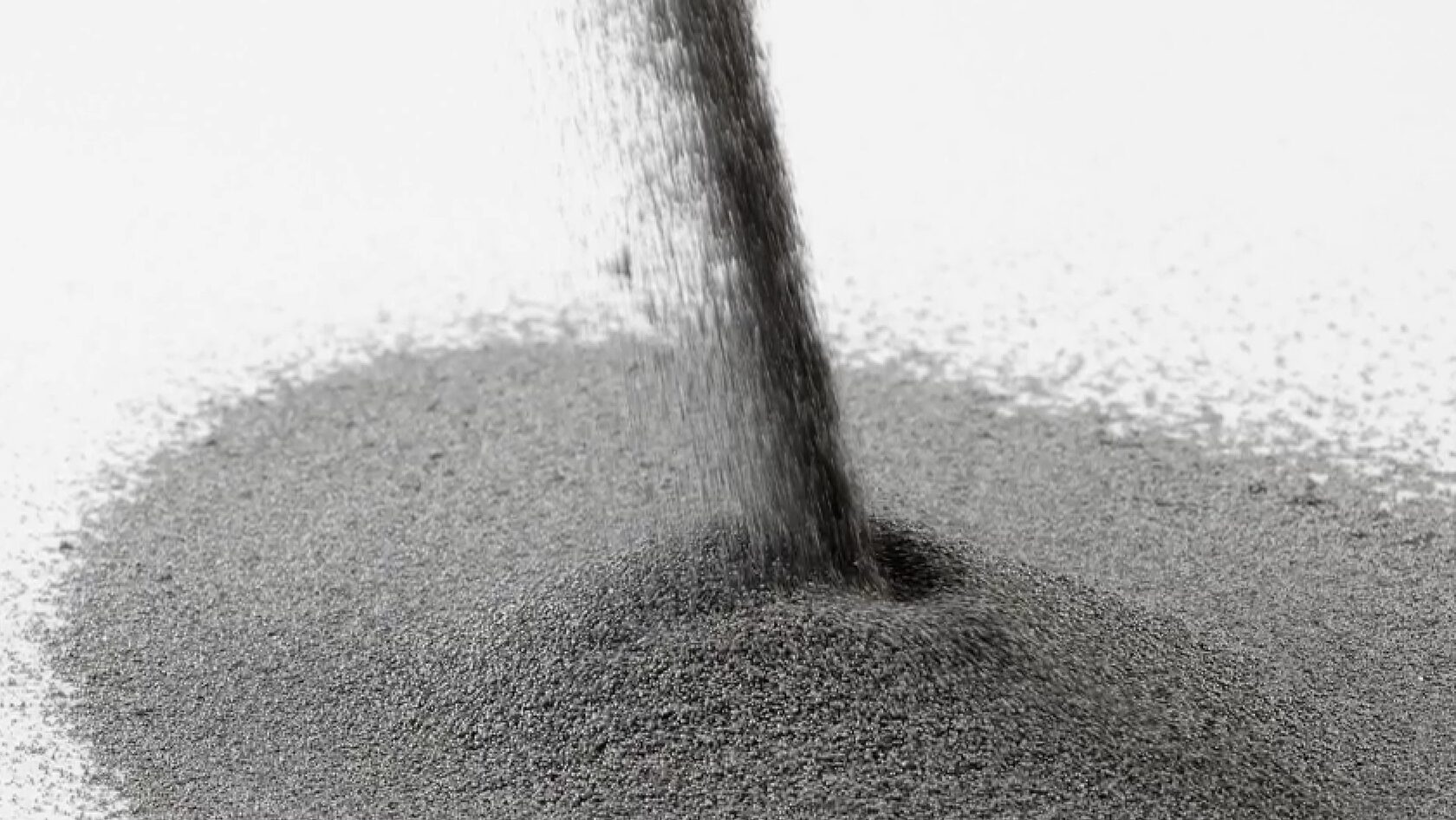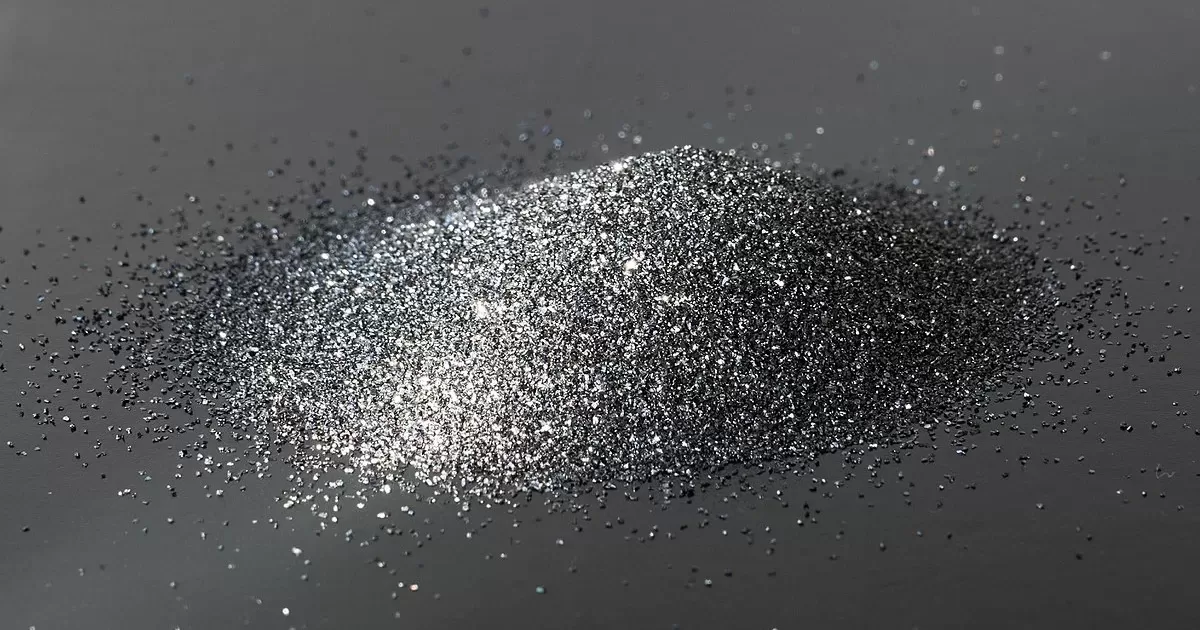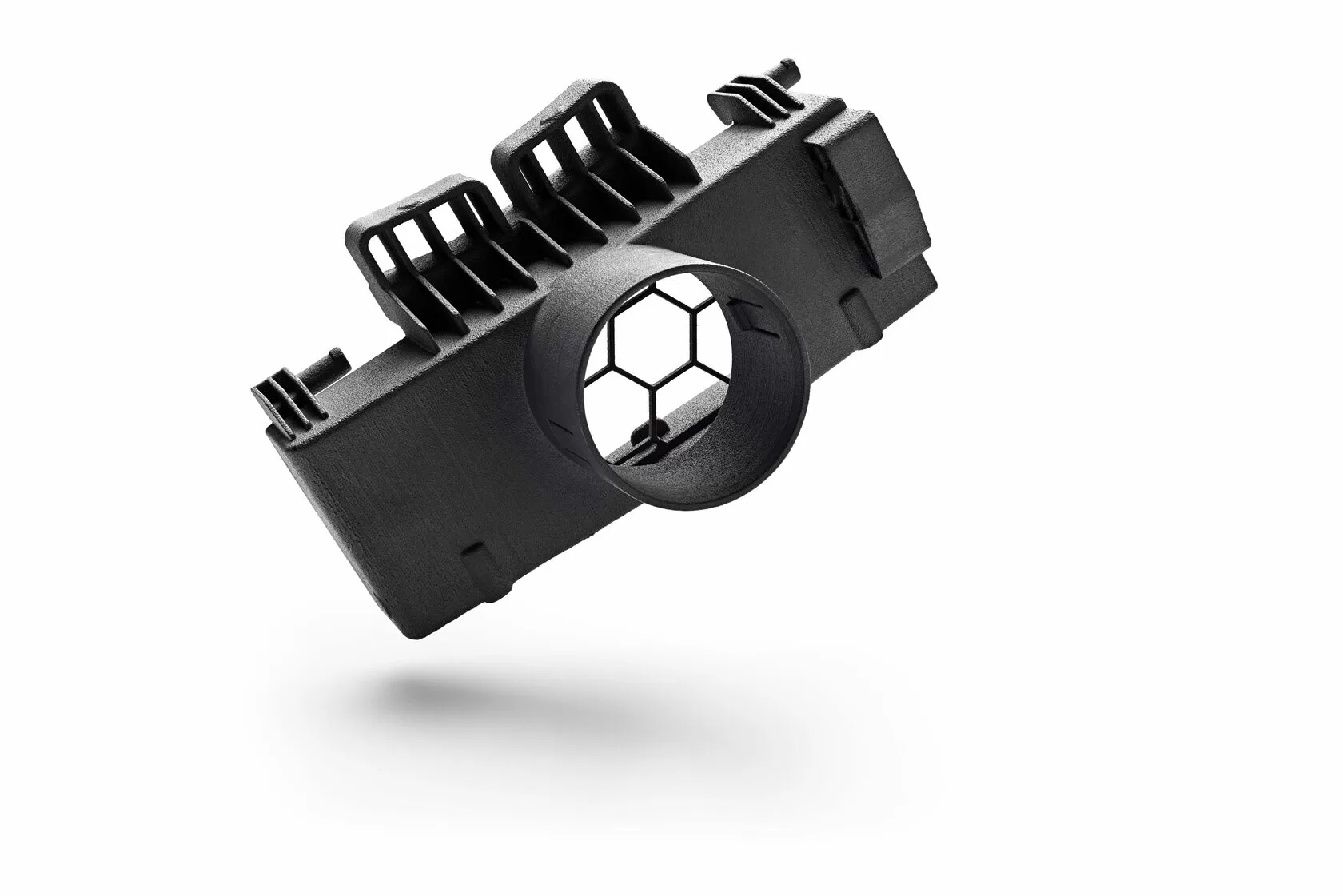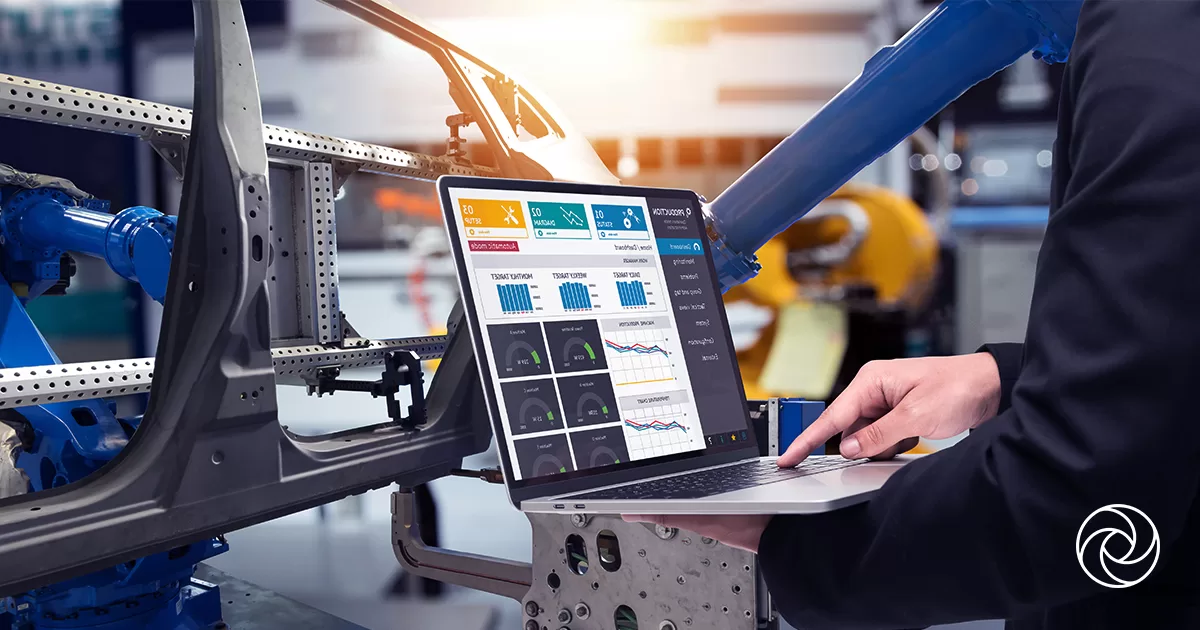The range of materials obtainable for Metal Additive Manufacturing (MAM) is frequently increasing. The prevalent MAM materials include stainless steel, aluminium, nickel, cobalt-chrome, and titanium alloys. Certain MAM equipment manufacturers present personalised specifications of these standard materials for use with their printer parameters.
It's imperative to bear in mind that the material trade names diverge depending on the manufacturer. Research institutions, universities, and system manufacturers also offer bespoke materials.
While it is important to note that not all materials are suitable for Metal Additive Manufacturing, metal powder can be utilized effectively in the right conditions and application.
The specifications for metal powders
The typical characteristics of metal powders that impact the usage of Metal Additive Manufacturing (MAM) include the spherical shape of the powder particles achieved through gas atomization, along with a particle size distribution suitable for layer thickness, typically below 50 µm.
Critical material properties such as tensile strength, hardness, and elongation play a crucial role and often serve as reference points when selecting the appropriate material for a specific application.
A wide range of metals and metal alloys are available, encompassing aluminum, stainless steel, titanium, cobalt chrome, and Inconel. These materials cater to the requirements of various industrial metal 3D printing applications, spanning from aerospace and medical to automotive sectors, and everything in between. Precious metals like gold, platinum, palladium, and silver can also be processed, although their primary application remains in the realm of jewelry making.
This article will explore the diverse array of alloys, encompassing a broad spectrum of yield strengths.

Considerations for Metal Material Costs
When it comes to parts produced through Metal Additive Manufacturing (MAM), the cost of the metal powder plays a significant role in determining the overall part cost. Therefore, it is essential to consider strategies such as Design for Additive Manufacturing (DfAM) techniques to minimize part volume and select additive manufacturing technologies that eliminate the need for support structures. These approaches can help minimize costs associated with metal materials.
| Metal Material | Pros | Cons |
|---|---|---|
| Aluminum | Lightweight, good thermal and electrical conductivity | Lower strength compared to some other metals |
| Stainless Steel | High strength, corrosion resistance | Limited heat resistance, higher cost compared to other metals |
| Titanium | Excellent strength-to-weight ratio, corrosion resistance | High cost, challenging to process |
| Cobalt Chrome | High strength, wear resistance | Difficult to achieve fine details, higher cost |
| Inconel | Excellent heat resistance, high strength | Challenging to process, high cost |
| Copper | High thermal and electrical conductivity | Prone to oxidation, limited availability |
| Tool Steel | High hardness, wear resistance | Limited flexibility in design, higher cost |
| Precious Metals | Unique aesthetic appeal, high value | Expensive, limited applications outside of jewelry making |
What is Metal Filament?
Metal filament refers to a type of filament used in 3D printing to create metal parts. It is a composite filament consisting of a wax polymer infused with metal particles. Compared to carbon fiber or glass-infused plastic filaments, metal-infused filaments have a significant difference. During the printing process, the plastic component is removed, leaving mainly metal behind in a one or two-step post-processing.
To produce metal parts using metal filament, the filament must contain a high percentage of metal powder, typically around 80%. The post-processing steps are crucial to eliminate any remaining plastic components and consolidate the metal particles.
In essence, metal 3D printing filament is similar to regular filament, but with the addition of metal. It can be used with standard desktop material extrusion 3D printers, although a specialized nozzle designed for metal filaments may be required. It's important to note that desktop 3D printers are not suitable for industrial metal 3D printing in terms of throughput and quality.
Metal filaments are available in various metal types, including copper, bronze, iron, and stainless steel. It's essential not to confuse these metal filaments with non-metal filaments that are named after metals like "aluminum" or "copper," as they only provide a metallic appearance by incorporating a smaller percentage (5% to 40%) of metal powder.




